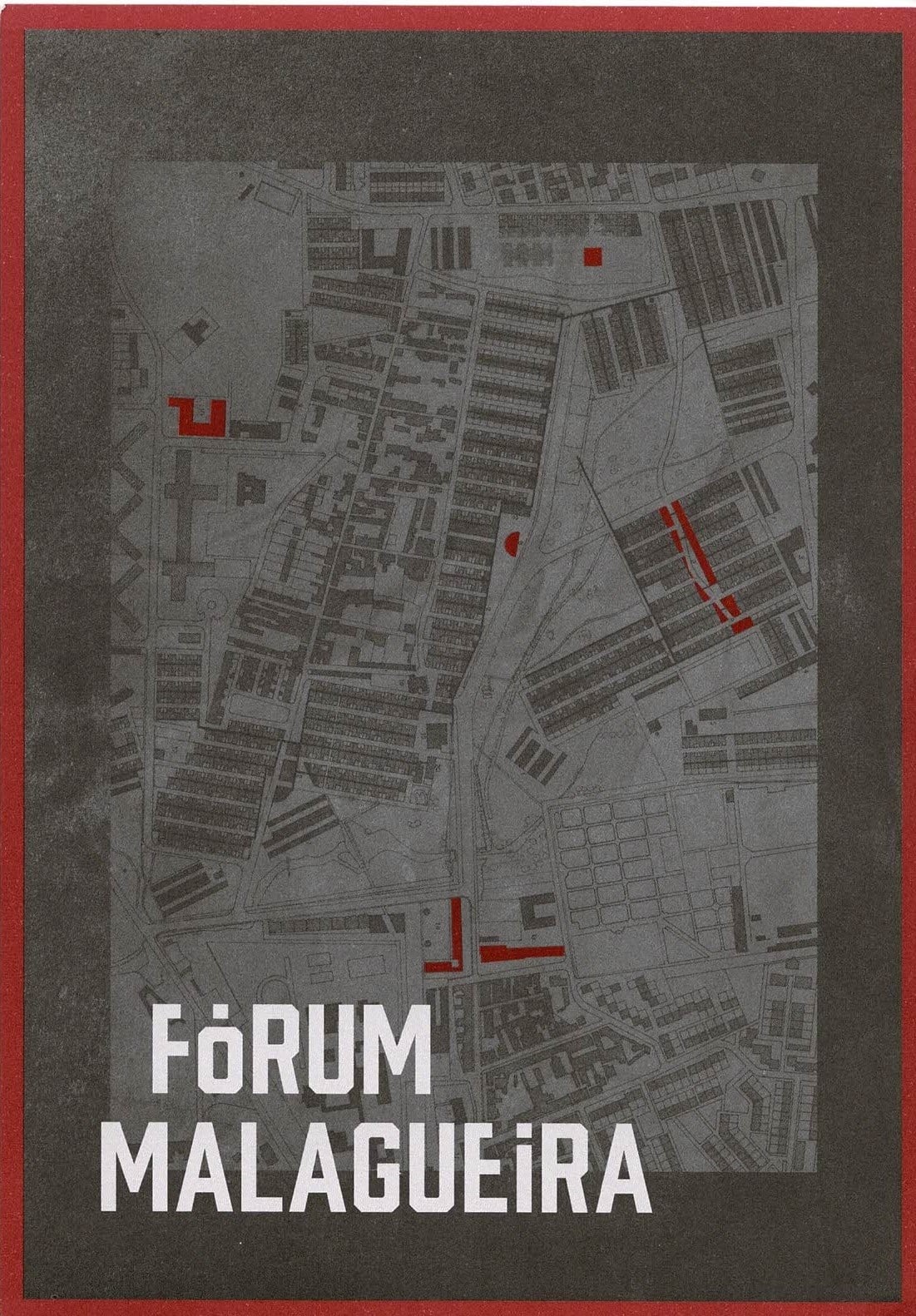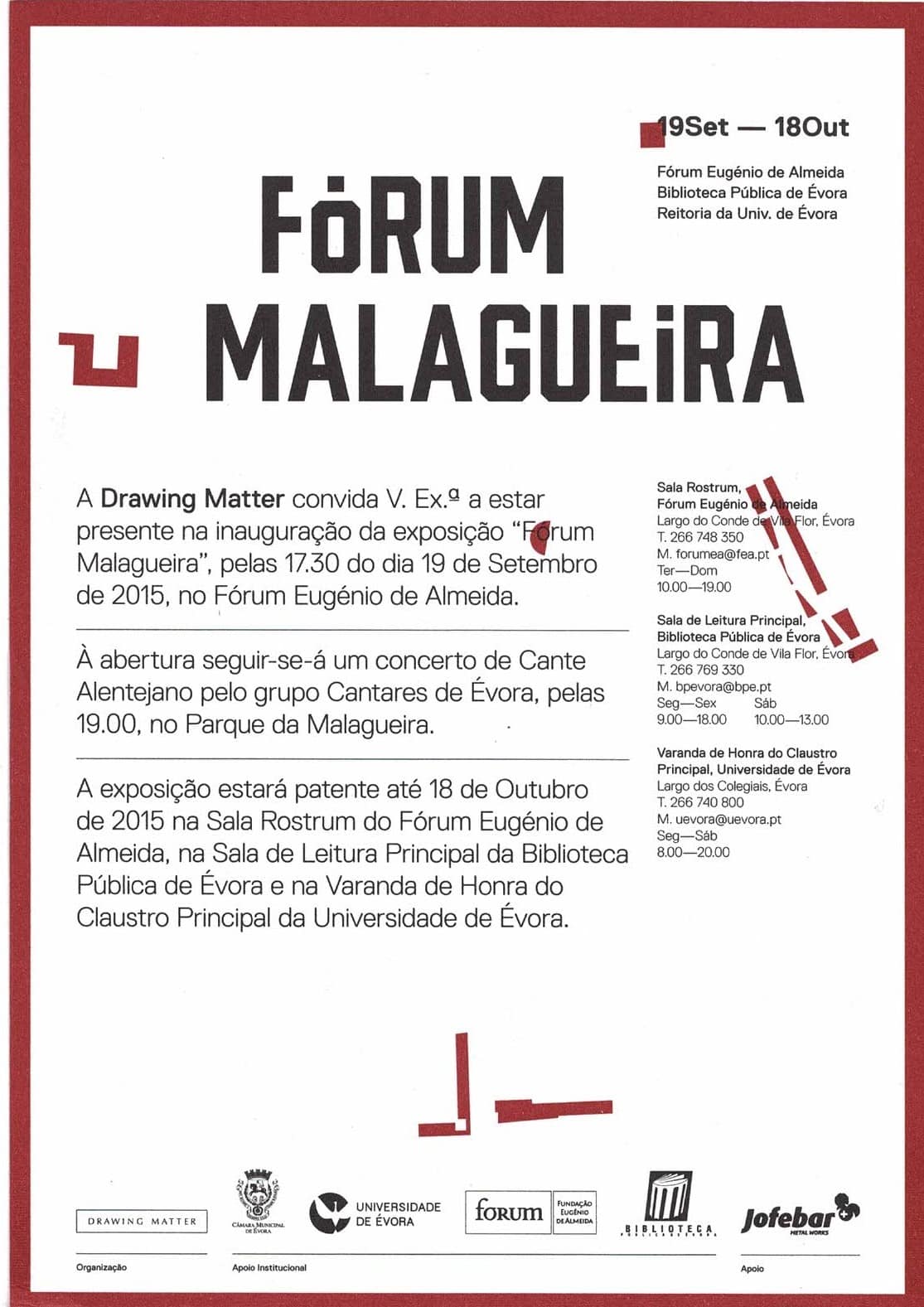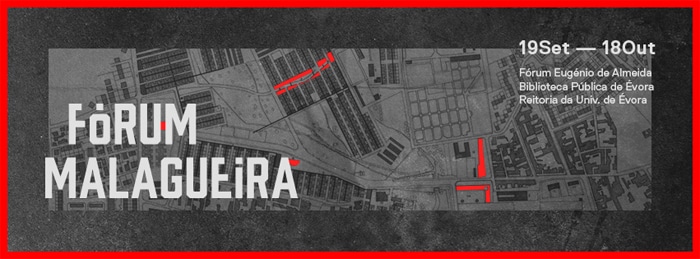Forum Malaguiera

19 September – 18 October 2015, Forum Eugénio de Almeida Biblioteca de Pública de Évora Reitoria da Univ. de Évora
Curated by Manuel Montenegro
‘A careful intervention on an extraordinary landscape, within sight of the historic centre of Évora, Malagueira articulates and integrates a varied set of pre-existences, between the residue of its agricultural past and the neighbouring constructions of illegal origin, aiming to build a new territory for a new country. The relationship between city and landscape is reconsidered based on an interaction forged between a collective spine of public space and infrastructure—the aqueduct—and a sea of houses with a common root and varied expression, framing a set of public buildings and services that still exist. only as a promise. An unavoidable reference in contemporary architectural culture, Malagueira is a symbol of how, based on a collective housing program, it is possible to build a better city.’ – Curator, Manuel Montenegro
Housed in the centre of the city first conceived on the pages of the artefacts shown, this exhibition presented Siza’s most enduring work as it once was on paper. Malagueira, Álvaro Siza’s bold construction of a new community threaded through both the landscape and heritage of Évora, is explored to unearth both its logical and sentimental underpinnings.

This was an exhibition curated by Drawing Matter’s Manuel Montenegro, utilising Siza’s notebooks to explore his vision of the emerging city. Furthermore, this project was pursued in partnership with two London schools of architecture—Kingston University and London Metropolitan University during the 2014 – 15 academic year, Drawing Matter organised a three groups of students to Malagueira. They then developed further exercises based on the ideals of the work and archives of Álvaro Siza, under the guidance of Florian Beigel and Philip Christou, Hugh Strange and Catherine Hawley, and Pierre d’Avoine and Colette Sheddick:
Florian Beigel and Philip Cristou
Colette Sheddick and Pierre d’Avoine

